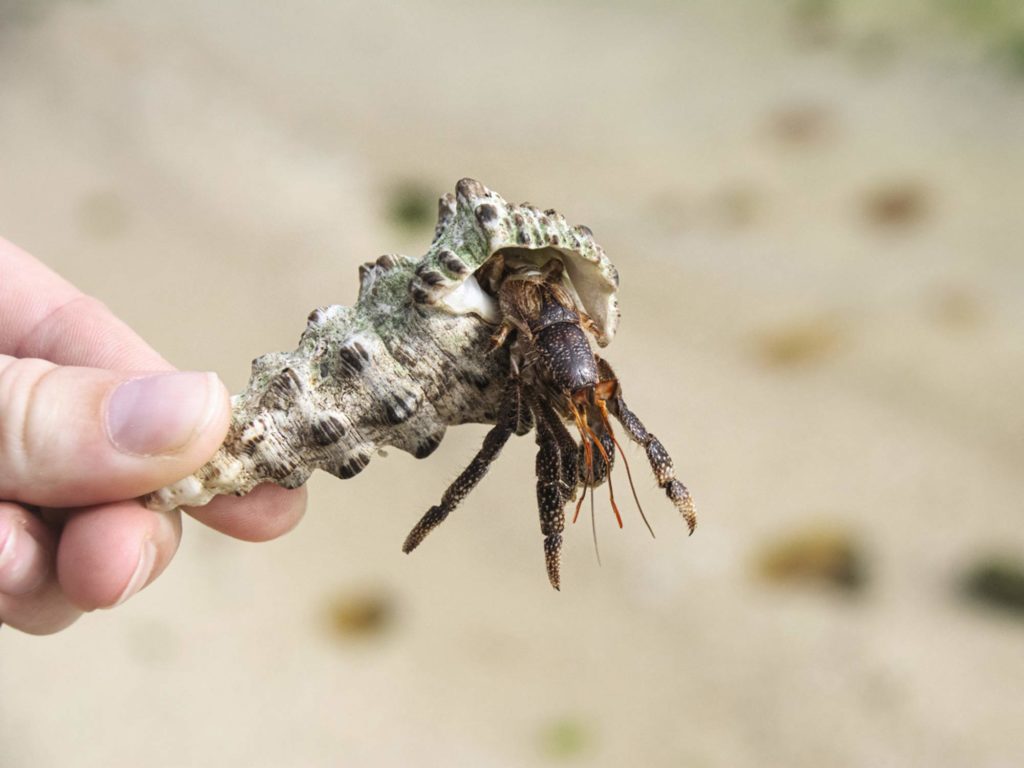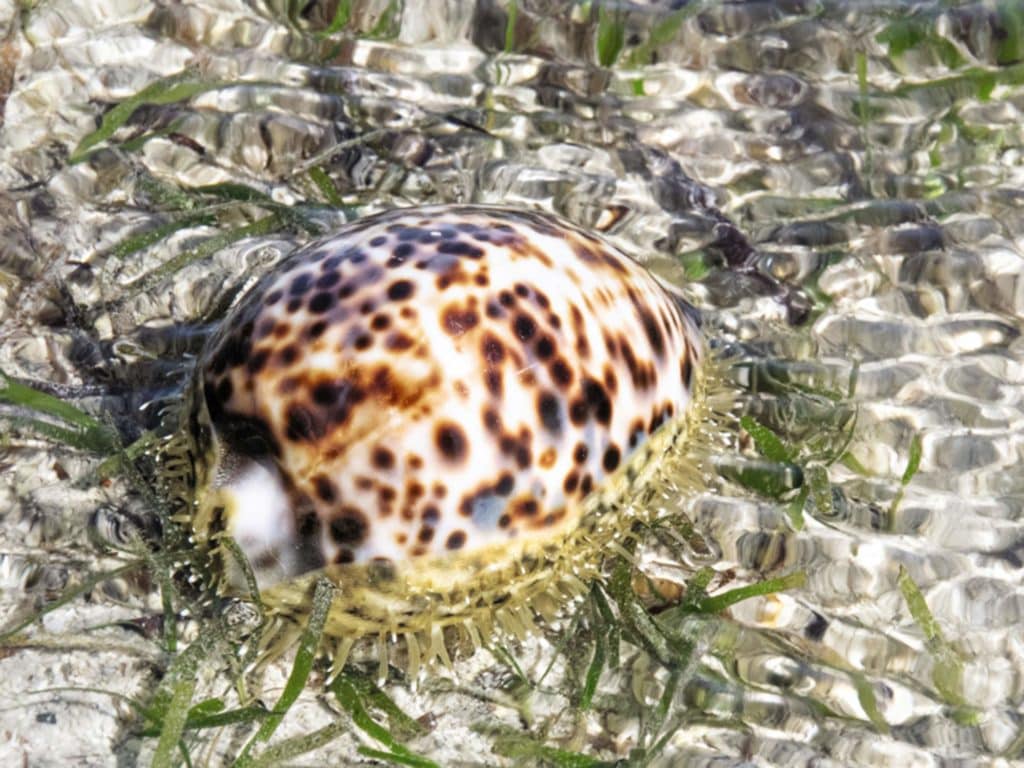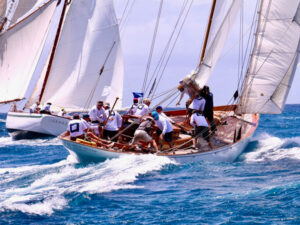
While cruising around the world, one of the things we seek is a connection. Whether it’s a fellow cruiser lending a hand or a local resident with a good story, people stand out in our cruising lives. They make us remember a time and place better than we might have otherwise.
The same could be said for beaches. The last thing I want is to become indifferent to the white sand and azure waters. So, I look to build a connection to the beaches I visit, through shells.
In my seven years as a liveaboard and circumnavigator, I’ve walked across a hundred beaches. At first, I was excited by shells that I thought were prettyor whole. But after enough beach walks, I learned to find shells that are rare because they are delicate or come from an uncommon species.
Then I get the pleasure of trying to identify what animal the shell used to belong to, using a book called Seashells of the World. Although it covers a fraction of the thousands of species I might find, at least I can narrow down the possible identity.
While many shells are beautiful, having a basic understanding of identity and rarity will make a beach walk a little bit more exciting. When you find something truly rare, it’s rather exhilarating.

I rarely keep shells, preferring to photograph and identify them before putting them back on the beach. But I do have a few shells that come with special memories of our travels.
In Fiji, my husband and I were in a small village on Waya Island, paying our respects to the chief and asking for permission to visit. As we walked past the small homes, a bright, pretty shell—a spider conch—caught my eye. I touched a finger to one of the horn-like tips, and the man walking us through the village immediately offered me the shell. I was touched by the kindness but ultimately told him, “No, thank you.” To my surprise, walking the beach the next day at the opposite end of the island, I found my own spider conch shell. This one I kept, a memento of my visit to the Yasawa and Mamanuca islands.
Whole sea urchin shells are rare because they are delicate. In the Ha’apai group of Tonga, on an island called Tatafa, dozens of broken sea urchin shells scattered the beach, along with a few whole ones. Carefully, I carried a green, whole shell back to the boat.
While enjoying an island tour with a local resident in French Polynesia near Huahine, my guide, upon watching me stop a few times to pick up shells, joined the hunt. Soon I was overwhelmed with a surplus of beautiful shells. One that I didn’t keep—and regret putting back—was an operculum, the “trapdoor” of the shell, as big as my hand.
A beach walk can also turn up live creatures. A beautiful shell that I pick up and hold in the palm of my hand might give me a scare a few steps later when a hermit crab pokes me. Tide pools hold snails and chitons, or maybe the treat of a cowrie, with its squishy mantle covering the glossy shell inside. I never intentionally pick up anything alive, but I have occasionally been in the middle of identifying something only to have it try to crawl away.
Learning to identify shells helps me build a deeper connection to the places I visit. My memories, photographs and small seashell collection keep my travels unique in my mind, and prevent the many sandy beaches and clear waters from blending together. I recommend having at least one seashell-identification guide with you on your boat, and keeping a sharp eye on your next beach walk.








